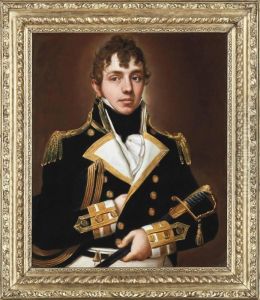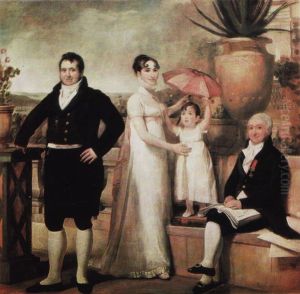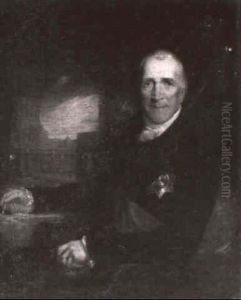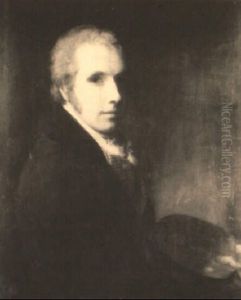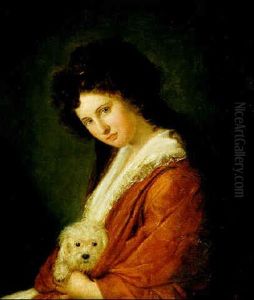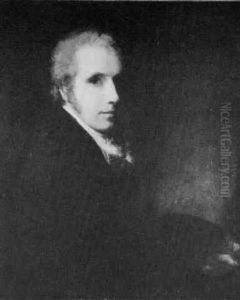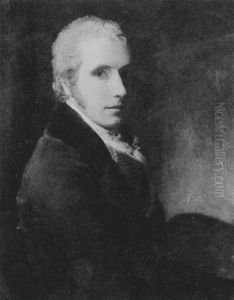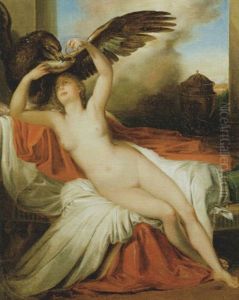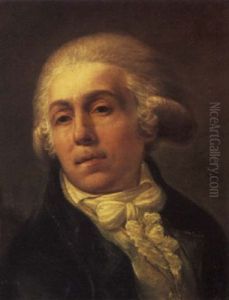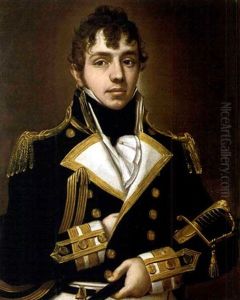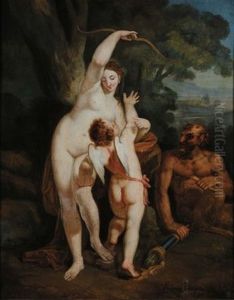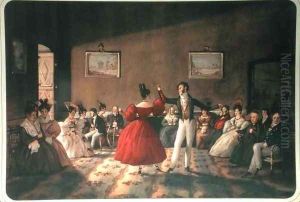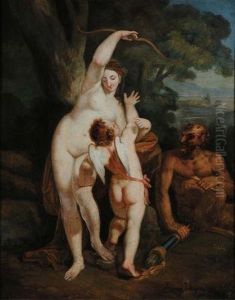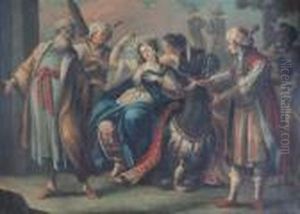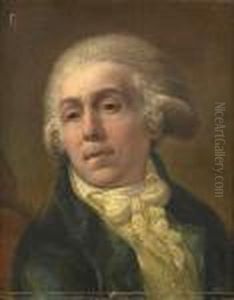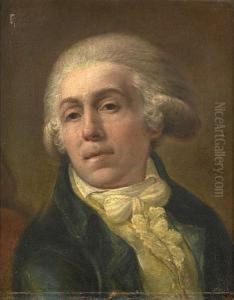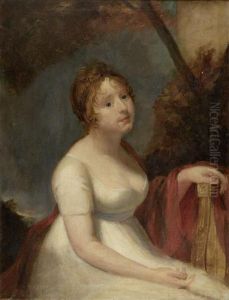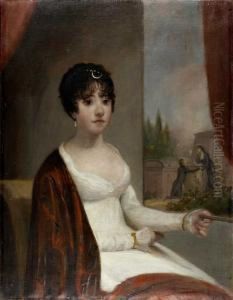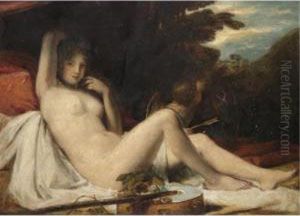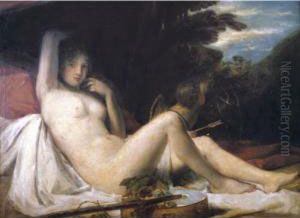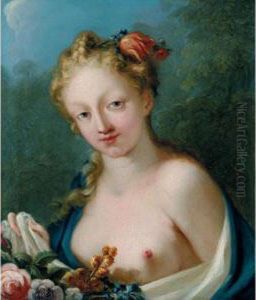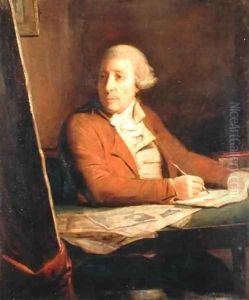Domenico Pellegrini Paintings
Domenico Pellegrini was an Italian painter who played a significant role in the art world during the late 18th and early 19th centuries. Born in Galliera Veneta, near Padua, in 1759, Pellegrini's artistic journey began at a young age under the guidance of notable mentors. Initially, he studied under the Rococo painter Giovanni Battista Tiepolo's son, Domenico Tiepolo, which provided him with a solid foundation in the classical style and techniques of the Venetian school.
Pellegrini's style evolved over time, blending the ornate elegance of Rococo with the emerging Neoclassical movement. This fusion allowed him to carve out a unique niche in the art world, making his works highly sought after by patrons across Europe. His travels played a crucial role in his development as an artist; after his early education, he moved to Rome, where he was exposed to the works of classical antiquity and the Renaissance masters, further influencing his style and approach to painting.
In Rome, Pellegrini gained the patronage of important figures, which led to commissions in various Italian cities and abroad. His work included religious and mythological themes, portraits, and decorative frescoes, showcasing his versatility and skill across different genres. Pellegrini's reputation extended beyond Italy, leading him to England in the late 18th century, where he became involved in significant projects, including decorative work for the homes of the British aristocracy.
Despite his success, detailed records of Pellegrini's life are somewhat scarce, and his legacy is often overshadowed by contemporaries such as Canova and Batoni. However, his contributions to the transition between Rococo and Neoclassicism remain notable. Pellegrini's ability to adapt and evolve his style according to the changing tastes of his time speaks to his enduring relevance in the study of art history.
Domenico Pellegrini passed away in 1840, leaving behind a body of work that continues to be appreciated for its elegance, technical skill, and transitional style. His paintings are held in various public and private collections, serving as a testament to his skill and versatility as an artist.
